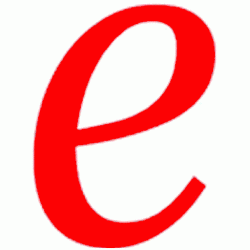This week on the podcast we examine the challenges facing UK higher education as another tough academic year begins
Source link
Tag: provider
-

Podcast: AI and jobs, provider closure, UCAS figures
-

Just 329 students with an EHCP got to a high tariff provider last year
Everyone who can benefit from higher education deserves to do so. That’s pretty much what people remember the Robbins report as saying – and it is a comforting story that higher education likes to tell itself.
But it doesn’t really hold true in the experiences of an increasingly diverse pool of potential applicants.
The state of the art of supporting and regulating fair access to (and participation in) higher education in England has moved far beyond the (rather unsophisticated) idea of national targets and metrics. Like it or loathe it, the risk-based approach taken by the Office for Students is commendably grounded both in the experience of individual students and the academic literature.
However a weakness of this approach is the temptation to argue that any access gaps represent a failure of higher education providers rather than taking a whole system (educational and, indeed socio-economic) perspective. When we do glance at wider problems with, say schools attainment it may not always be universities that are best placed (or adequately supported) to address them.
And let us not be coy here – there are gaps:
The chart shows progression rates to HE, either to all providers or “high tariff providers” (of which more later) for each year since 2009-10. The size of the dots represent the number of students in that population, the colours represent the groups of characteristics: you get everything from measures of economic disadvantage, to ethnicity, to disability and – new for this year – care experience. We are looking at the students that might usually be expected to enter HE that academic year (so the cohort that turned 18 the previous year – those who took a year out before university or who progress after resits will not be shown as progression to HE).
SEN and EHCP
There’s thousands of potential stories in this data – for this article I’m going to focus on special educational needs (SEN) as a factor influencing progression.
As you can see from the chart 21.1 per cent of students with any special educational need progressed to higher education by the age of 19 in 2023-24. This is the highest on record, but before you break open the champagne we should add that the progression rate for their peers without SEN was more than 50 per cent. And for progression to high tariff providers the gap is even starker: 14.9 per cent without SEN, 3.8 with.
Though a traditional image of a student with SEN may be of someone who is less academically able, there are many very academically inclined students who have SEN and are able to progress to any destination you can think of if they can access the right support. Support is not exactly easy to come by, and it is very much a lottery whether support is available to a particular child or not. Progression to any higher education setting by 19 was 25.4 per cent for those with SEN who had more generalised support, and just 9.4 for those who managed to get an education, health, and care plan (EHCP).
Again, the experience of pupils with an EHCP may make it more likely that they apply later on (and thus not feature in their cohort data) – those who do progress often need to top up their level 2 or 3 qualifications before being able to progress to the next level of study, all of which takes time.
But just 1.5 per cent of students with an EHCP, 327 students, progressed to a high tariff provider. To me, that’s a systemic failing.
Regional dimensions
More so than any other characteristic, where you live (and, more germanely, where you go to school) has a huge impact on your educational experience with SEN. In Kensington and Chelsea, 45.5 per cent of students with SEN are in HE by the age of 19. In Thurrock, the figure is more like 10 per cent.
The variation is similar for all students – 71 per cent get to university in Redbridge, 26 per cent in Knowsley.
But this core variation (which covers everything from socio-economic status to school quality to aspirations) is overlaid by the varying proportions of students with SEN in each area, and the varying levels (and quality) of the support that can be provided.
Some 23.3 per cent of all students in Middlesbrough have a SEN marker. In Havering the figure is 8.85 per cent (there are some outliers with low numbers of students in total)
What is being done?
As Alex Grady of nasen wrote on the UCAS blog earlier this year, the many misconceptions around SEN indicating some form of “learning difficulty” that makes higher education irrelevant or impossible still persist. Students with SEN very often flourish at university, but the assumption that they will not attend higher education – so thinking around support through and beyond the transition between compulsory education and higher education often happens late or in a piecemeal fashion.
It is comparatively rare for a university to visit a non-mainstream school, or vice-versa. There are many reasons (not least financial) for this not to happen, but there is a clear benefit to introducing students from all settings to a range of post-compulsory routes early and often. Sometimes special schools and other alternate provision partner with larger local schools to make this happen.
Student records do not transition neatly between the compulsory sector and higher education, a situation not helped by the presumption that an EHCP extends to age 25 if you don’t go to university, but ends if they do (this, beautifully, is considered a “positive outcome”). A student may be used to assuming staff understand the best way to support them (as this is what happened at school) and feel uncomfortable or ill-equipped to effectively argue for similar support in HE.
Universities do address this, both in highlighting the support that they offer students and in signposting what is available via the Disabled Students’ Allowance (many students with SEN do not identify themselves as “disabled”, and the variations in terminology are a recognised issue). But schools also have a role to play in preparing students for an application and choice experience that is pretty bewildering for all students.
Additional data
The DfE Widening Participation release is the only place where you get a definition of a “high tariff” provider – in 2023-24 this term referred to higher education providers with a mean tariff of 125.8 or above (last year this was 129.4).
-
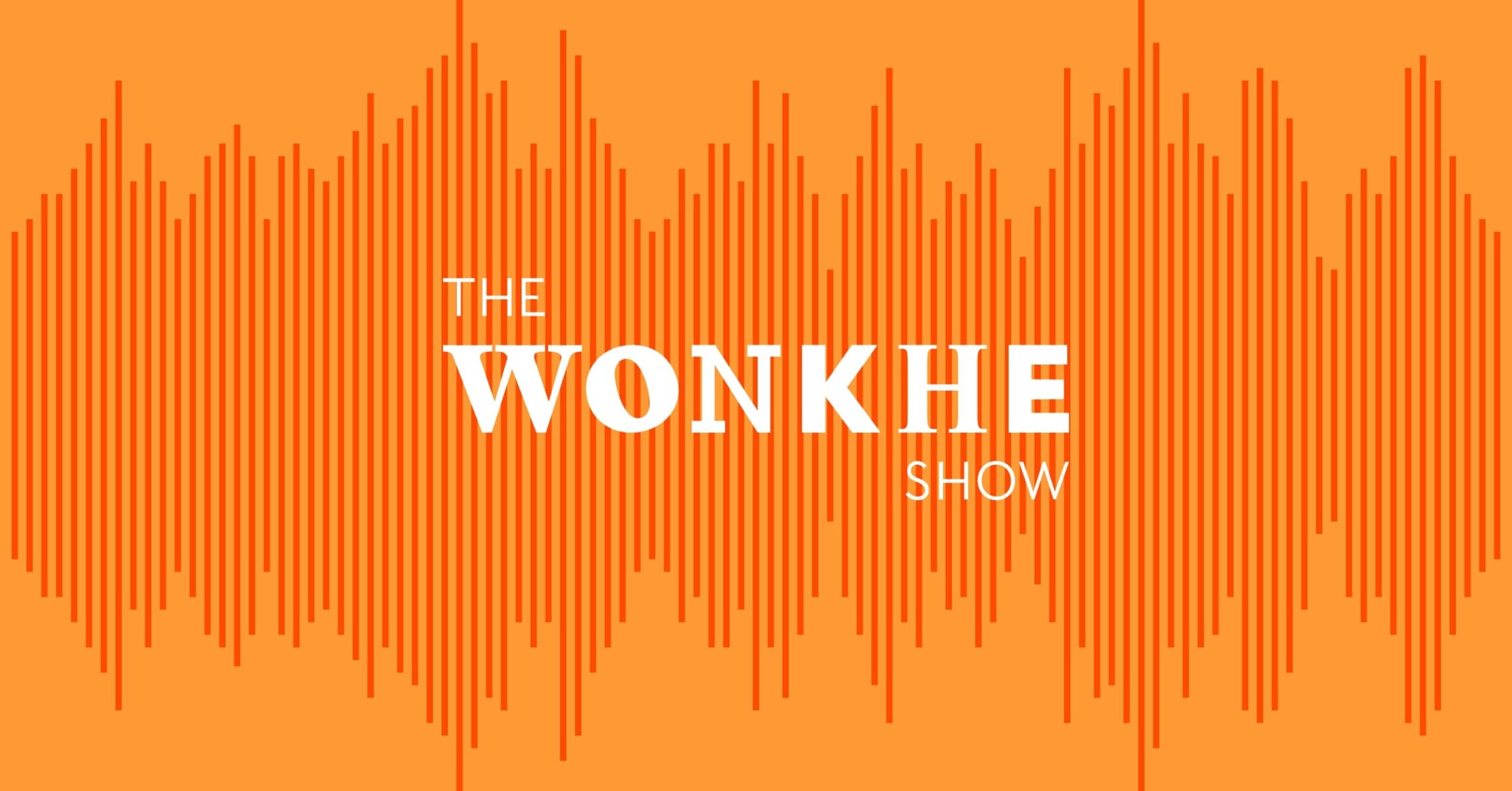
Podcast: AI and jobs, provider closure, UCAS figures
This week on our final podcast before the summer break, we unpack the mounting panic about graduate jobs – is AI really to blame, or are today’s students simply paying the price for a sluggish economy, a stalling skills strategy, and shifting recruitment practices?
Plus we discuss new figures from UCAS that show a record number of 18-year-olds applying to university, and we look at a major new report on how provider closures are affecting students, and what the sector should do next to avoid chaos when courses collapse.
With Hillary Gyebi-Ababio, Head of Public Affairs at Jisc, Hugh Jones, independent consultant and higher education postcard maestro, Michael Salmon, News Editor at Wonkhe, and presented by Jim Dickinson, Associate Editor at Wonkhe.
UCAS applications and offer making by June deadline, 2025
Student protection through market exit is not a compliance exercise
-
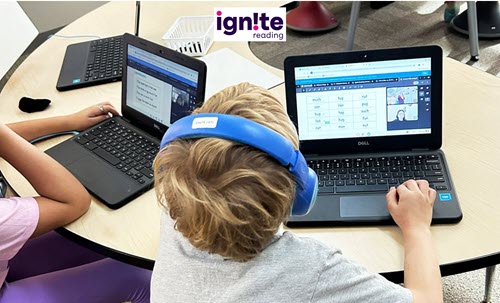
Ignite Reading Again Approved as 1:1 High-Dosage Early Literacy Tutoring Provider in Massachusetts
BOSTON — Ignite Reading — a Science of Reading-based virtual tutoring program serving students in 18 states nationwide — today announced its approval by the Massachusetts Department of Elementary and Secondary Education (DESE) to continue providing 1:1 high-dosage evidence-based literacy tutoring to K-3 students across the commonwealth.
Massachusetts Governor Maura Healey’s administration called on her state to invest heavily in high-dosage tutoring (HDT) earlier this year, earmarking $25 million in her state budget proposal to help accelerate literacy growth, “complementing the more systemic, long-term improvement work” being supported under the administration’s five-year literacy improvement campaign, Literacy Launch.
In its approval process, DESE evaluated Ignite Reading’s services to Massachusetts districts over the past three school years and approved the literacy company to again provide school districts and charter schools with tutoring that is focused on building foundational skills — including phonological awareness, phonics knowledge and decoding skills — to help students become independent fluent readers in the early grades.
Since Ignite Reading first gained DESE approval during the 2022-23 school year:
- 30 Massachusetts schools and districts have partnered with Ignite Reading to provide students with 15 minutes of daily, 1:1 virtual tutoring.
- Ignite Reading’s tutor educators have delivered differentiated, evidence-based early literacy instruction to more than 7,800 Massachusetts students.
- Researchers at Johns Hopkins University’s Center for Research and Reform in Education have followed approximately 2,000 Massachusetts 1st graders enrolled in the program. The quasi-experimental study found the number of students reading on benchmark increased 213% after a year of Ignite Reading tutoring. At the same time, the percentage of students who required intensive reading intervention decreased 55%. All student groups — including Black and Hispanic students, those with IEPs and Multilingual Learners — had equitable skills growth, and those meeting end-of-year reading benchmarks grew more than 125%.
The Healey-Driscoll Administration recently announced that schools and districts in Massachusetts are invited to apply for high-dosage early literacy tutoring for K-3 students with 1st grade as the state’s top priority.
“When we get kids reading proficiently by the end of 1st grade, we set them up for a lifetime of academic success,” said Ignite Reading CEO Jessica Sliwerski. “Our continued approval by DESE means we can keep delivering the intensive, personalized support that Massachusetts 1st graders need to learn to read on grade level and on time. We are honored to be able to continue to partner with Massachusetts districts to ensure all students can access the tools they need to succeed as readers.”
For more information about Ignite Reading’s Massachusetts partnerships, visit https://info.ignite-reading.com/massachusetts.
About Ignite Reading
Ignite Reading is on a mission to ensure every student can access the tools they need to be a confident, fluent reader by the end of 1st grade. School districts nationwide depend on Ignite Reading’s virtual tutoring program to deliver literacy support at scale for students who need help learning to read. Our highly trained tutors provide students with 1:1 tutoring in foundational literacy skills each school day, helping them go from learning to read to reading to learn.
A recent study by the Center for Research and Reform in Education at Johns Hopkins University found that Ignite Reading students across demographics — including students who are English Learners, Black, Hispanic, and those with Individualized Education Programs (IEPs) — achieve the same outstanding gains of more than 5 months of additional learning during a single school year. For more information about Ignite Reading, visit www.ignite-reading.com.
Latest posts by eSchool News Staff (see all) -
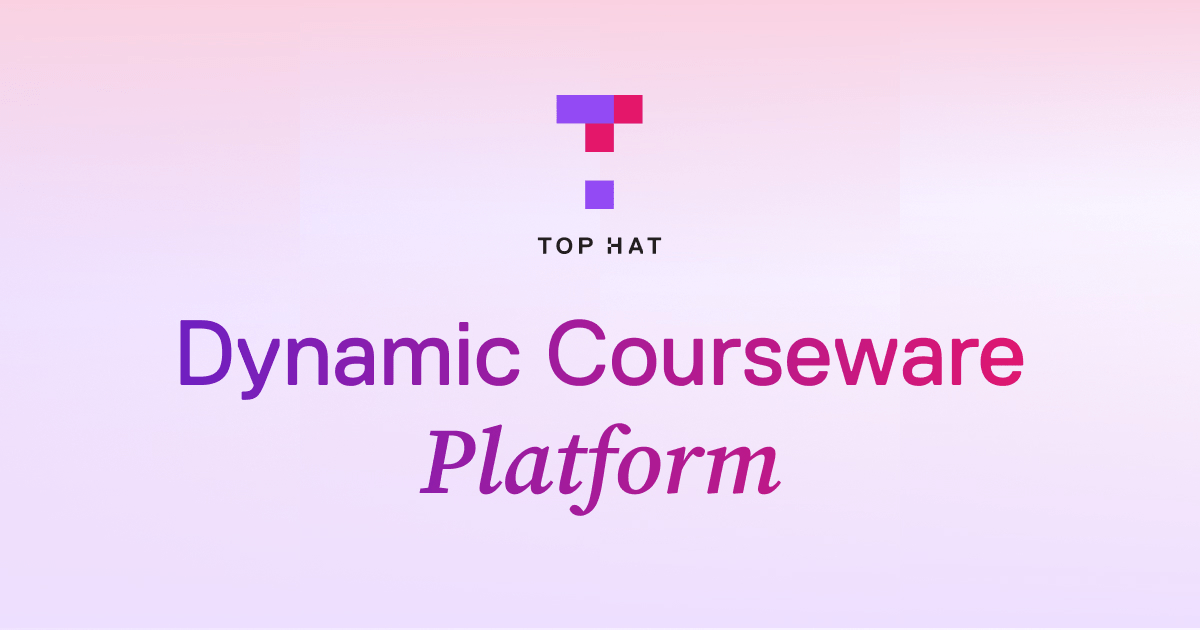
Top Hat Named Courseware Solution Provider of the Year
Prestigious EdTech Breakthrough award highlights Top Hat’s leadership in delivering flexible, AI-powered courseware to support faculty and students.
TORONTO – June 6, 2025 – Top Hat, the leader in student engagement solutions for higher education, has been named the 2025 Courseware Solution Provider of the Year. The annual EdTech Breakthrough Awards honor organizations that push the boundaries of educational technology—benefiting students, educators, and institutions across North America and around the world. In a global field of over 2,700 nominations, Top Hat stood out for its efforts to empower faculty to create and deliver engaging, connected, and affordable learning experiences for students.
“Receiving this award is an honor and supports our belief that better student outcomes begin with the course itself,” said Maggie Leen, CEO of Top Hat. “We’re proud to support thousands of faculty with tools that make it easier to adopt proven teaching practices, and grateful to our team for the creativity and care they show everyday in making great learning experiences a reality for more students.”
Now in its seventh year, the EdTech Breakthrough Awards have become a benchmark for excellence in educational technology. The program celebrates the industry’s most visionary companies—those dreaming bigger, innovating further, and setting new standards for enhancing the practice of teaching and learning. Top Hat’s selection reflects its track record of building solutions that drive measurable academic outcomes and dramatic improvements in student engagement, inside and outside the classroom.
Top Hat’s courseware platform gives instructors unprecedented flexibility to tailor content to their teaching goals. The platform integrates interactive assessments, multimedia, and AI-powered tools that allow educators to instantly create in-class questions and reflection prompts. This makes it easier than ever for instructors to apply evidence-based practices like active learning and low-stakes assessment. Students also benefit from AI-powered on-demand study support and unlimited practice questions rooted directly in course content.
Top Hat has a long-standing commitment to helping faculty adopt, adapt, or create modern, interactive course materials that improve engagement and comprehension while advancing institutional goals around student affordability and equity. By supporting the use of low- or no-cost learning materials—including customizable OpenStax and OER titles enriched with interactive features—Top Hat empowers educators to design meaningful learning experiences that reflect their unique pedagogical goals while reducing costs for students.
About Top Hat
As the leader in student engagement solutions for higher education, Top Hat enables educators to employ evidence-based teaching practices through interactive content, tools, and activities in in-person, online, and hybrid classroom environments. Thousands of faculty at 900 leading North American colleges and universities use Top Hat to create meaningful, engaging and accessible learning experiences for students before, during, and after class. To learn more, please visit tophat.com.
-
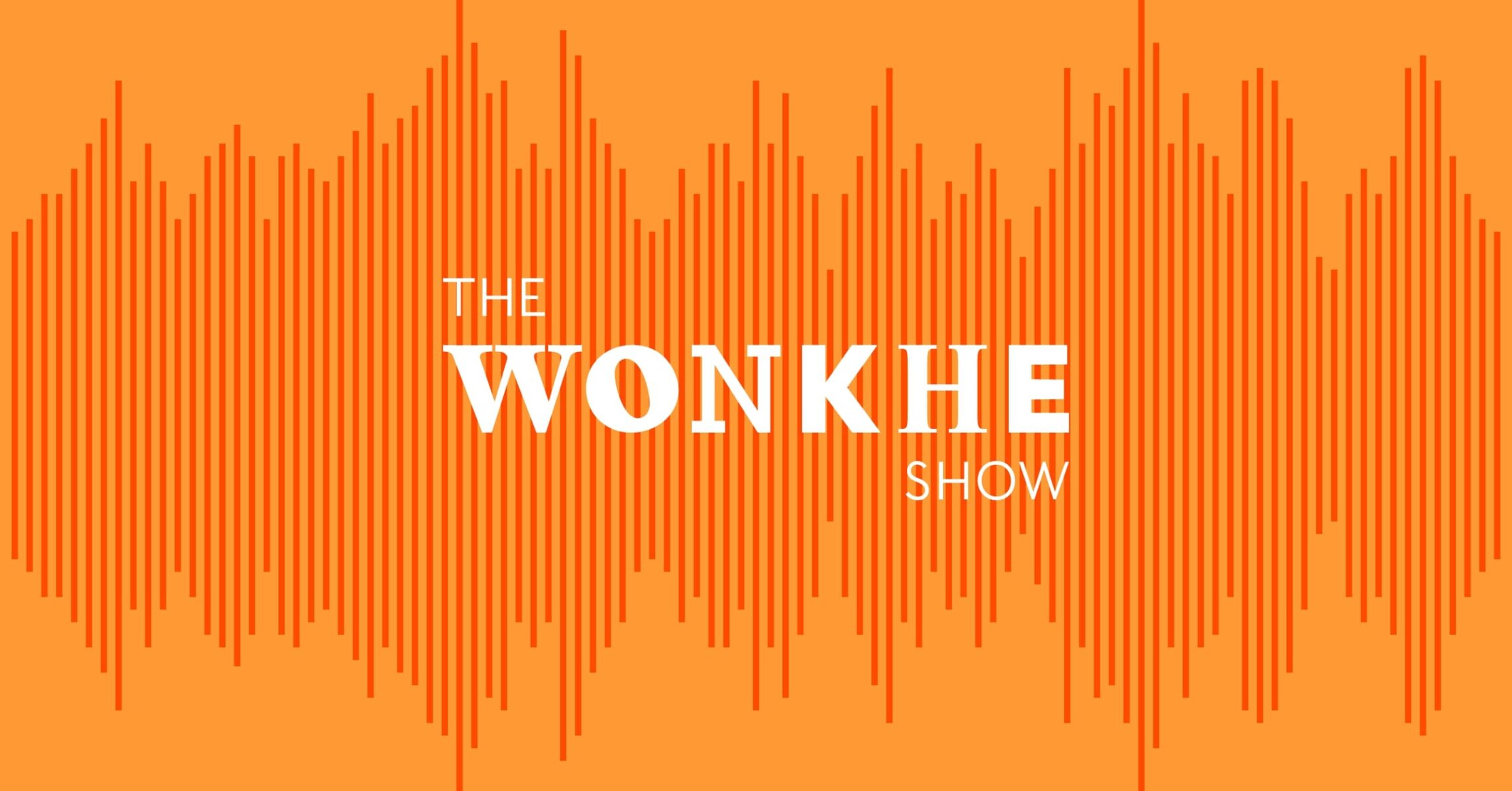
Podcast: Regret, ABA, provider collapse
This week on the podcast we discuss new research on student regret, as a report from the University of Bristol reveals that while two-thirds of current undergraduates are happy with their choice of degree, it drops to less than half among recent graduates. Are improved advice and guidance really the answer?
Plus we look at the collapse of the Advanced Business Academy (ABA) and its aftermath, as an Office for Students (OfS) investigation uncovers serious concerns about student placements and course delivery. And we examine new research on widening participation “cold spots” and the stark disparities in teachers’ expectations for students based on geography and school ratings.
With Mary Curnock Cook, non-executive in education and edtech, Pete Quinn, inclusion consultant, Mack Marshall, Community and Policy Officer at Wonkhe and presented by Jim Dickinson, Associate Editor at Wonkhe.
XXXXX
Hindsight is a wonderful thing – but foresight is better
When tuition fee payments are suspended, what happens to students left behind?
25 unanswered questions about the collapse of ABA
Students can make a real difference to educational opportunity in their regions through tutoring
-

UCAS End of Cycle provider data, 2024
Chat to anyone involved in sector admissions and you will hear a similar story.
And the story appears to be true.
It is now clear “high tariff” providers have been lowering their entry tariff (often substantially) in order to grow recruitment – meaning students with less-than-stellar grades have been ending up in prestigious institutions, and the kinds of places students like this would more usually attend have been struggling to recruit as a result.
In other words, the 2024 looks a lot like a lockdown cycle (without the examnishambles and Zoom pub quizzes).
Any major dude will tell you
We noted, at a sector level, the rise in the number of offers made by high-tariff providers – it was the highest number on record. There was no parallel rise in A level attainment, which suggests a strategic decision, made early on, to widen access.
Today’s release of UCAS End of Cycle data for 2024 at provider level illustrates that this picture is a generalisation. Some high-tariff providers have acted in the way described above, others have pursued alternative strategies. And other providers have hit on other ways to drive undergraduate recruitment.
Starting with my favourite chart, we can think about these individual strategies in more detail. This scatter plot shows the year-on-year change in the number of applications along the horizontal axis and the year-on-year change in acceptances on the vertical. There’s filters for gender, domicile, age group and subject group (at the top level) – and I’ve provided a choice of comparator years if you want to look at changes over a longer term. The size of the dots represents the total recruitment by that provider in 2024, given the parameters we can see.
In essence this illustrates popularity (among applicants) and selectivity. What we can see here for 2024 (defaulting to UK 18 year olds applying to all subjects compared to 2023) is that pretty much the entire Russell group has made significant (c500 or above) increases in recruitment, whether or not they saw a corresponding growth in applications.
It’s not the full story – the picture for other pre-92 and post-92 providers is more mixed, with some providers able to leverage popularity (or desperation) to find growth.
My old school
We can’t look directly at provider behaviour by tariff, but we can examine what qualifications students placed at the provider have – here a key indicator might be an increase in the number of students entering without A levels (a group that tends to have lower tariffs overall).
The trouble is, A level entry rates have also increased – pretty much anyone who wants to and can do A levels is now doing A levels. With the decline in BTEC popularity, and the still uncertain interest in T levels, this is to be expected. All this means most providers have seen an increase or steady state in the number of students entering with A levels (when you include that A level plus project options). In Scotland – and recall we don’t get the complete picture of Scottish applications from UCAS because of a wonderful little thing called intercalation – it’s SQA pretty much all the way.
Everything you did
If you are wondering whether a change in age groups placed as undergraduates could also have an impact on recruitment patterns, it looks as if the pattern of low and slowly falling mature recruitment continues for most providers. For larger universities most of the action is around 18 year old home recruitment – and specialist providers that focus on mature students (often via part-time or flexible study) tend to struggle.
The other key factor is domicile – the changes to visa arrangements this time last year had a huge impact on international applications (particularly from countries like India and Nigeria that have become important for lower tariff providers) and coupled with some of the changes described above this has resulted in some providers seeing undergraduate international admissions fall off a cliff.
As always, undergraduate isn’t the full story – we’ve still no reliable way of understanding postgraduate recruitment in the round until we get the HESA data long after the academic year in question has finished. I just hope that regulators with new duties to understand the financial stability of the sector have more of a clue.
Any world that I’m welcome to
With some providers stuffed to the seams and beyond with students they wouldn’t usually accept – many with support needs it is unclear whether they are able to meet – it is unclear who exactly benefits from this new state of affairs. The claim we regularly hear is that universities lose money on educating home students, and that these must be cross subsidised by international recruitment.
The corollary of this is that in times where international student recruitment is restricted you would expect to see the number of home students at providers reliant on this income fall – after all, if you lose money on every home student the more you recruit the more money you lose. Though measures to widen access and participation are important (and indeed, we see welcome evidence of contextual admissions at selective providers in the chart below) the fact of it is that you need to spend money to support students without the cultural capital to succeed.
The rather painful conclusion I reach is that the only way to make this year’s sums add up is a reduction in spend per student – and, thus, most likely, the quality of the student experience among precisely the students who would have been overjoyed to get a place at a famous university. We should keep a close eye on continuation metrics and the national student survey this year.

